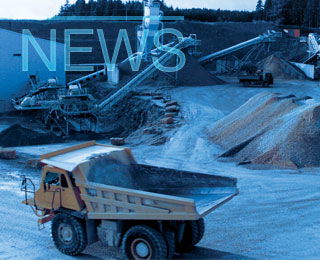Ambitious government plans were set out to boost cement production capacity to 120Mta from the current 80Mta by the end of 2025, as part of ambitious targets set in the 20-Year Vision Plan (2005-25).
However, Minister of Roads and Urban Development, Abbas Akhoundi, has cast doubt on the Industries Ministry’s capacity expansion plan due to the persistent market glut and said the Vision Plan target will be “incredibly difficult” to achieve unless the producers’ mindset and domestic market dynamics change.
He added that “Iran’s cement industry is behind the times,” he said, stressing that the sector’s insistence on capacity-building while foregoing demand stimulation, portfolio diversification and developent of marketing strategies have made it uncompetitive. The way forward, he believes, is to diversify products, he added.
Iran's Ministry of Industries, Mining and Trade (MIMT) has been banning the establishment of new cement plants due to overcapacity and using concrete instead of bitumen in road and pavement construction to create more cement demand.
"Currently 74 cement projects are under construction across the country, the completion of which will materialise the envisioned target," said Jafar Sarqeyni, deputy minister of MIMT.
The MIMT has also pushed for marketing cement for road construction by teaming up with the Ministry of Roads and Urban Development.
Exports are also said to be declining. More than 15Mt of cement and clinker were exported in the last Iranian year (ended 19 March 2016), with Iraq accounting for close to 65 per cent of the figure. Exports dropped markedly in April, after the Iraqi government imposed a ban on cement imports to support its domestic sector.
Edris Frounchi, an official with Ilam Cement Company, told Financial Tribune that local producers have yet to feel the impact of the government’s supportive policies. “Prices are still depressed, no cement exports to Iraq take place and we have not yet heard about any transportation subsidies for new markets,” he said.
